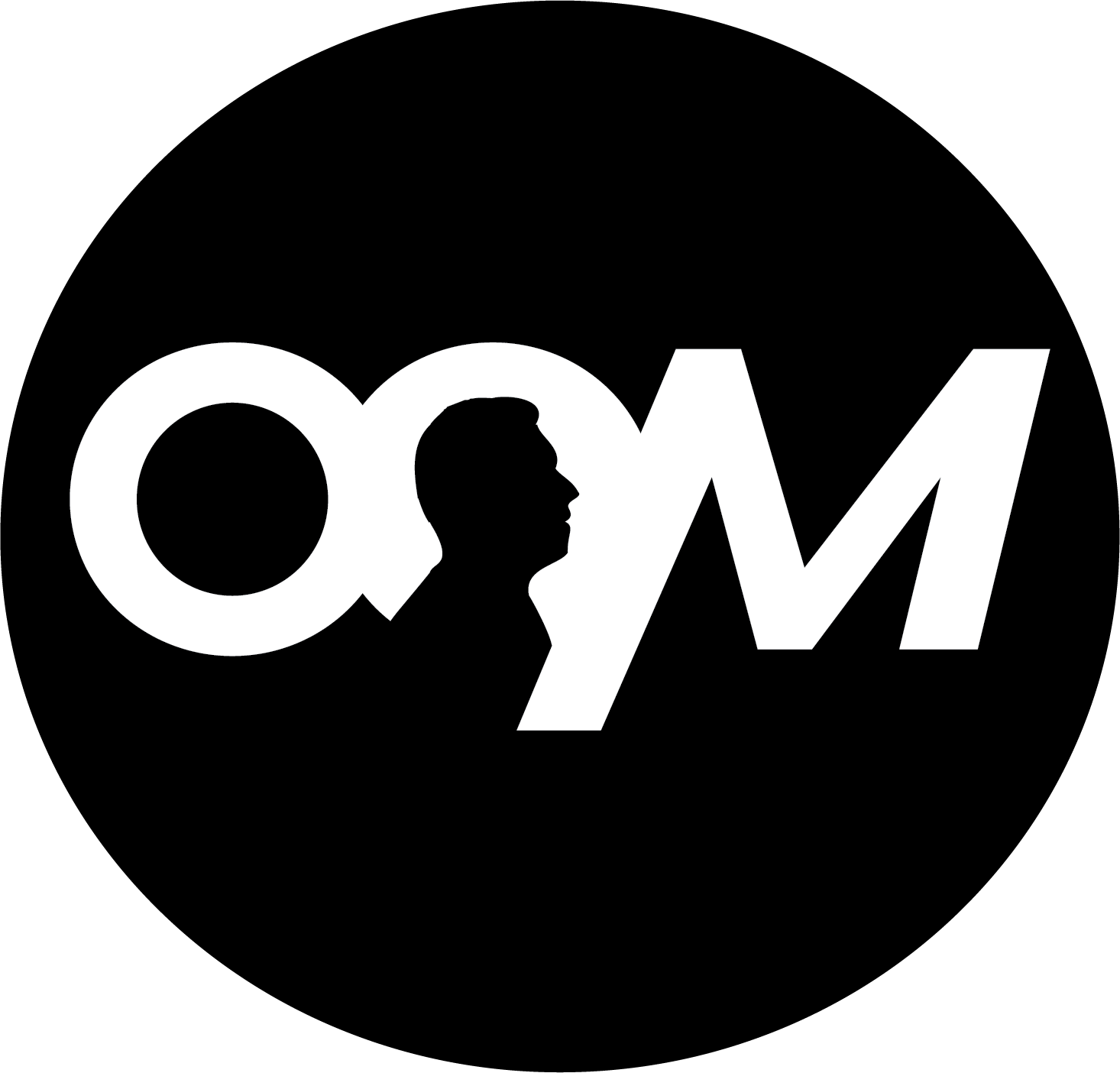There are many tools that your company can use to improve its logistics operations, including supply chain analytics software. However, it is important to pick the right software since the wrong package can result in you experiencing more challenges. Review these tips for shopping for supply chain analytics software to find the right tool that fits your organization’s unique needs.
Investigate the Various Software Suppliers
There are many ways that supply chain analytics can improve your business’s efficiency. However, if you don’t utilize a reputable software supplier, you may not achieve your goals. Explore the landscape of software providers and examine the reputation, history, and specialties of each supplier.
Research whether they have experience serving businesses of your size, your industry’s complexity, or your geographic distribution. A supplier’s longevity in the market, along with insight into their technological focus, can provide clarity about their reliability and capacity for innovation.
Review Client Feedback
Looking at customer reviews, testimonials, and case studies can also provide you with insight into the software’s performance and ability to provide user satisfaction. Look for opinions shared by similar-sized companies or those operating within the same industry.
Patterns of positive feedback may suggest that you have found the right software. However, recurring complaints may act as a warning against using the product. You should also reach out to peers within your industry who have used the software since their insight can reveal details beyond what the marketing materials showcase.
Confirm the Software Will Help Your Firm Grow
Another tip for shopping for supply chain analytics software is to focus on options that will help your firm grow. A scalable platform enables organizations to incorporate evolving analytics requirements without switching systems.
Evaluate whether the software includes configuration options and modular enhancements for adapting to new challenges. Models supporting future data demands and upgraded functionalities align with long-term objectives, saving both time and money on unnecessary replacements down the line.
Consider the Cost of the Software
You should also ensure the price of the software aligns with your budgetary considerations while delivering clear returns on investment. Analyze subscription fees, licensing costs, training expenses, and any additional charges for technical support or system integrations.
Affordable options that underperform can bring setbacks, whereas expensive platforms must justify their value through impactful capabilities. Strike a balance where the software contributes measurable improvements without causing your firm financial strain.
Selecting supply chain analytics software tailored to your operations can provide you with significant long-term advantages. Begin exploring your options so that you can transform your company’s supply chain management today.




